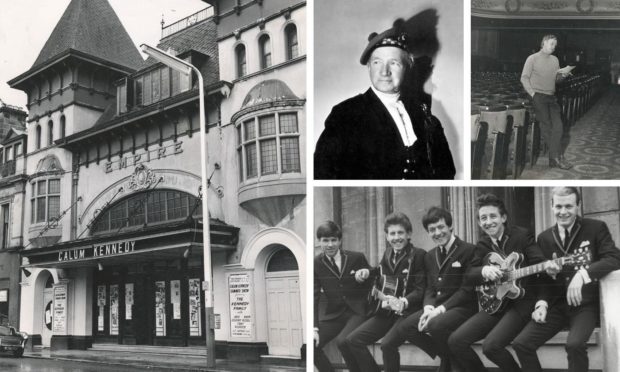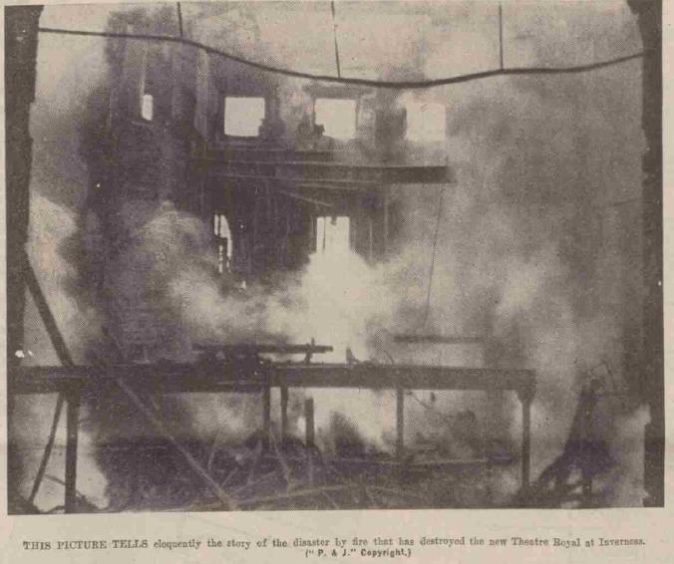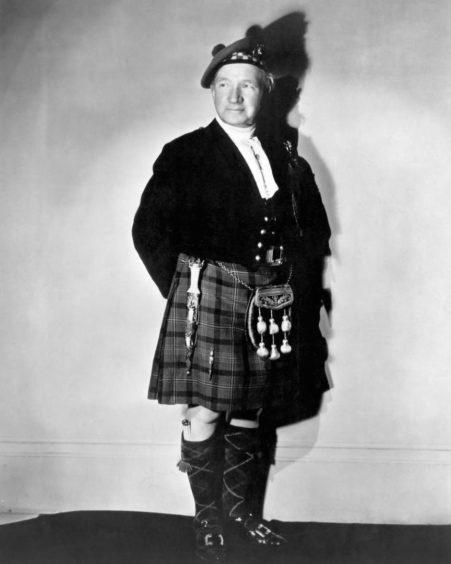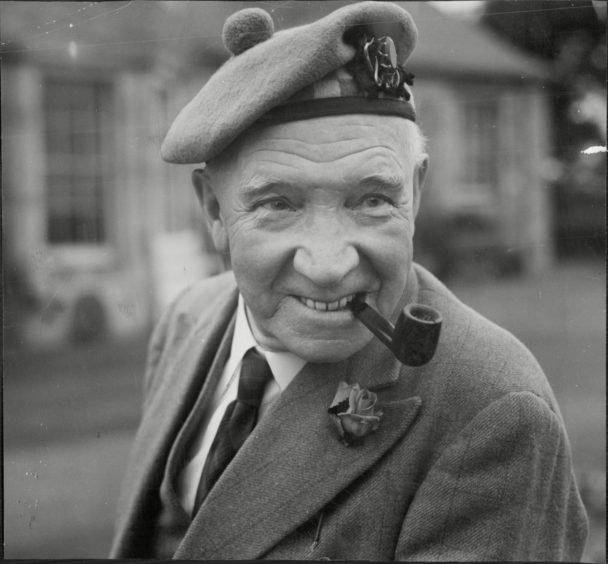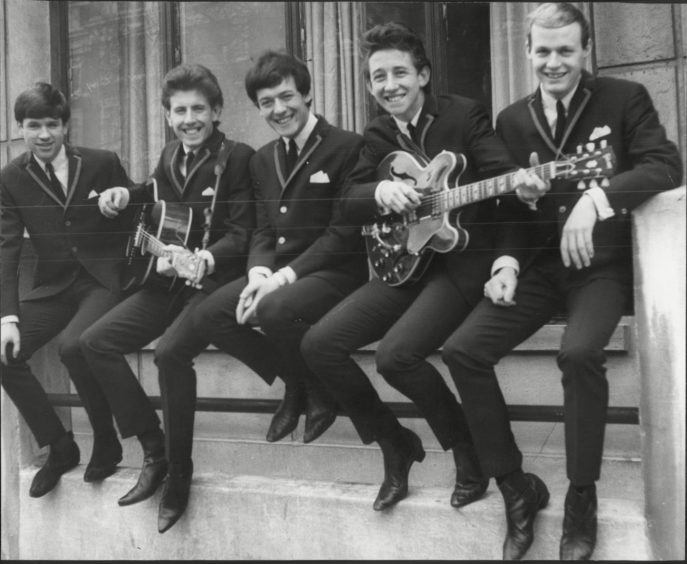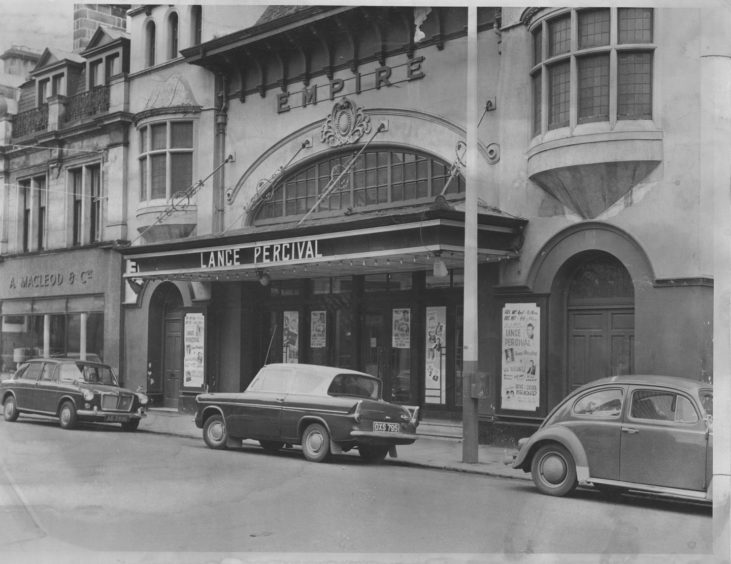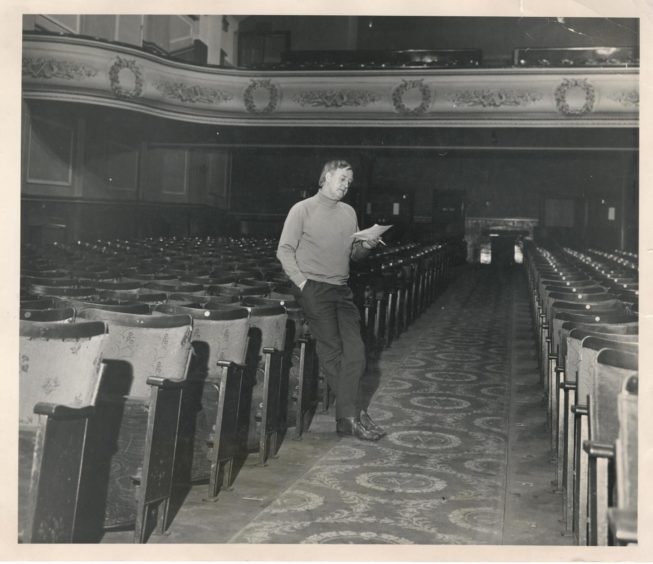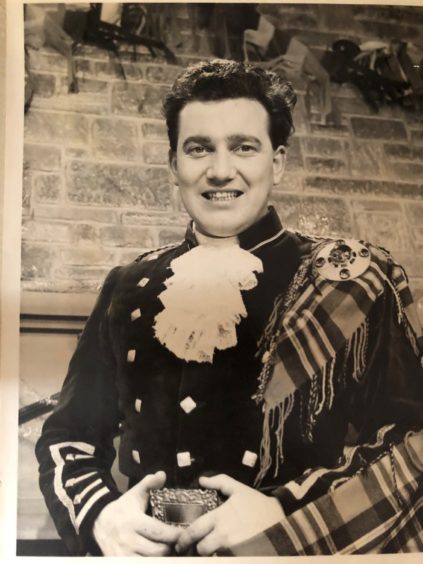Inverness had four much loved cinemas at one time, all of them long gone.
A modern hotel now stands in the site occupied by the Empire Theatre in Academy Street, Inverness.
The theatre was at the heart of countless cinematic delights, civic functions and drama in the city for almost six decades before its demolition in 1970.
The Empire originally emerged from the Central Hall Picture House which opened in 1912, with a small stage and seating for 1100.
It was converted to theatrical use after the Theatre Royal on Bank Street was destroyed by fire on March 17 1931.
The show must go on
Dundee music hall artist Will Fyffe – at the time one of Scotland’s best paid artistes- was putting on a revue at the Theatre Royal, which after the fire was immediately transferred to Central Hall Picture House.
Other live shows followed suit until eventually the picture house was enlarged and reopened in 1934.
Builders of some 19 cinemas, Montrose firm Messrs. R Pert & Sons took on the conversion with a contract of £5,000.
Harry Lauder headlined the launch of the venue which would become the main theatre and concert hall in Inverness for the next 36 years.
A snippet in the P&J of September 24, 1934 reveals that poor Sir Harry, who hadn’t played Inverness since 1903, was suffering from a severe attack of sciatica after a fall at his home.
“During his week’s stay in Inverness he has been in the hands of an Inverness masseur. Sir Harry’s ailments did not debar him from appearing nightly at the Empire Theatre, Inverness.”
Sheila Coubrough’s father Stanley Findlay worked in the Empire at the time.
She recalls ruefully: “Harry gave Dad his stick. Dad gave it away. I wonder how much it would have been worth now.”
The theatre hosted numerous Scottish variety touring shows, not to mention the Inverness Choral Society, the Light Operatic Society, huge annual community drama festivals and civic events.
Memories of The Empire run deep in the DNA of Invernessians.
Sandy Broderick remembers: “My grandfather Barry Burgoyne used to do variety acts there in its heyday as the Empire.
“He and my gran Ethel used to take me there in the 60s to see his mates from the 40s and 50s.
“I remember seeing accordionist Will Starr there with him around 1968- I was six or so- and him doing a tune for me.”
Former Inverness High pupil Libby Petrie said: “The Empire brings so many beautiful memories for me, I spent many years performing there. It may be a hotel now but those memories- curtain up, light the lights and on with the show. The people were precious.”
Claire Cameron remembers seeing the Hollies there in the 60s and playing the Messenger in Antigone with Phoenix Theatre Group at The Empire in 1968.
The theatre’s construction wasn’t always reliable.
The night the Hollies appeared was unforgettable for lead singer Graham Nash who had to be rescued when the orchestra pit collapsed as fans rushed forward.
Al Williamson says in the 1950s all the schools went to the Empire for concerts by the Scottish National Orchestra.
“I think we also saw the film of the ascent of Everest there in coronation year,” he adds.
The theatre also hosted wrestling, as John Wilson recalls.
“The old favourites from Saturday afternoon TV wrestling used to come. Loved it.”
For Ian Isaacs seeing Lex MacLean and T Rex with Mark Bolan were stand-out events.
Others remember Margaret Firth bringing her school of dancing to the Empire- Mary Ramsay took part and calls it “a great time.”
Caledonian Cinemas took the cinema into its circuit in the 1950s and leased the theatre to Glasgow impresario George B Bowie.
Meanwhile Lancashire man John Holdsworth, known as John Worth, appeared in Inverness to produce a one-off show at the Empire in 1951- and ended up staying more than 40 years.
When Bowie gave up the lease in the 1950s in the face of competition from TV, Worth stayed on, leasing the theatre from owners Caledonian Associated Cinemas Ltd of Inverness.
He managed the theatre until it closed, staging shows for the likes of Jimmy Logan, Stanley Baxter, Andy Stewart, Calum Kennedy- who held the box office record at the theatre- Alistair Gillies and Bridie Gallagher.
Cameron Highlanders’ drum
A snippet from the Aberdeen Evening Express of March 21 1952 shows how a theatre manager’s life could be fraught with unexpected stress.
“Mr John Worth, the manager of the Empire Theatre, Inverness has been having an anxious week.
“He is producing the Tommy Loman show and is using a big drum borrowed from the Cameron Barracks for the final scene. Tommy, the comedian, beats the drum with more than the normal gust as part of the act.
“Mr Worth has been watching him every night very closely, for it Tommy ‘busts’ the drum, the manger-producer will have to fork out £5 to the Cameron Highlanders for a new skin.”
The memorable final show
He also managed The Corries for a while, and they were in the line-up on November 28 1970 for the memorable final show, with Worth himself in the pit on piano.
Bill McCue, Will Starr, Muir of Ord comedian Johnnie Bogan and Margaret Firth and her dancers were also in the line-up.
The dancers did a routine towards the end with picks, symbolising the demolishing of the building.
Jennie MacKenzie was there and recalls the emotion of the night.
“End of the show, the audience didn’t want the performers to stop and didn’t want to leave the theatre.
“The curtains were left open as everyone finally left.”
It was after 1am before the stage was finally cleared.
John Worth died in 1994.
At his send-off in St Andrew’s Cathedral, Jimmy Logan, Ronnie Brown of the Corries, Calum Kennedy, Alasdair Gillies, George Duffus and Jim MacLeod were spotted among the massive crowd.
The funeral directors had to provide an extra vehicle to cope with the mass of floral tributes destined for Kilvean cemetery where he is buried.
More like this:
Lost Cinemas: The rise and fall of the Playhouse, Inverness
End of the Reel: The long lost Victorian cinema in Inverurie
The forgotten glamour of Aberdeen’s Art Deco cinemas
